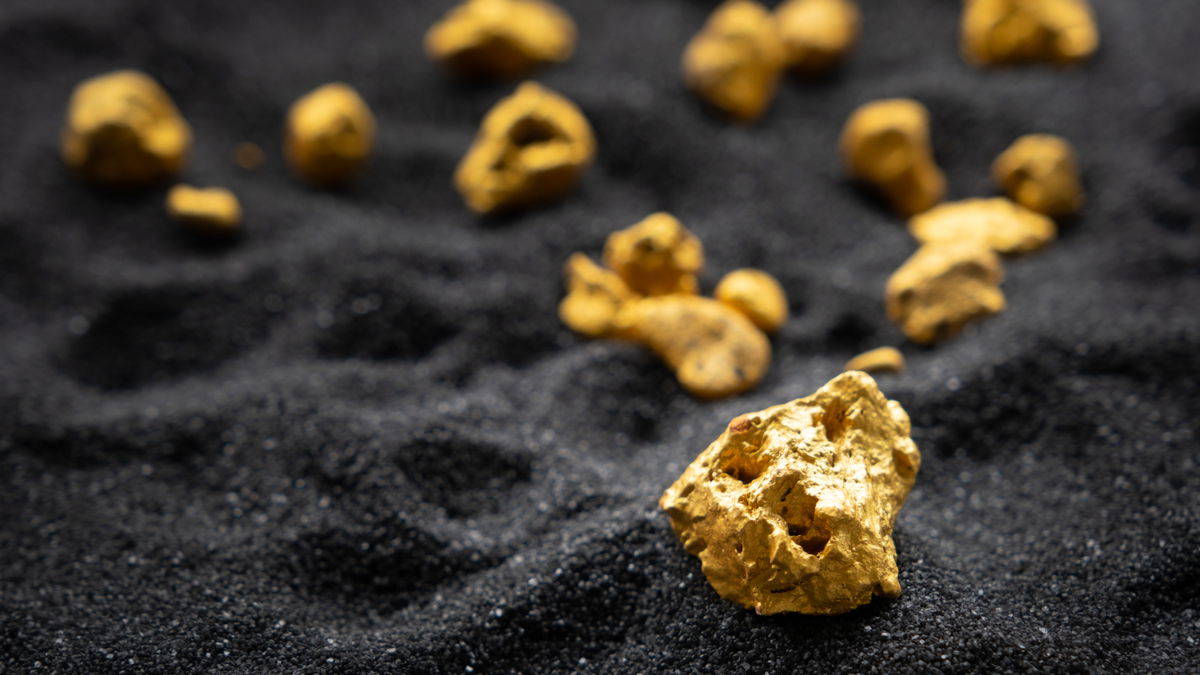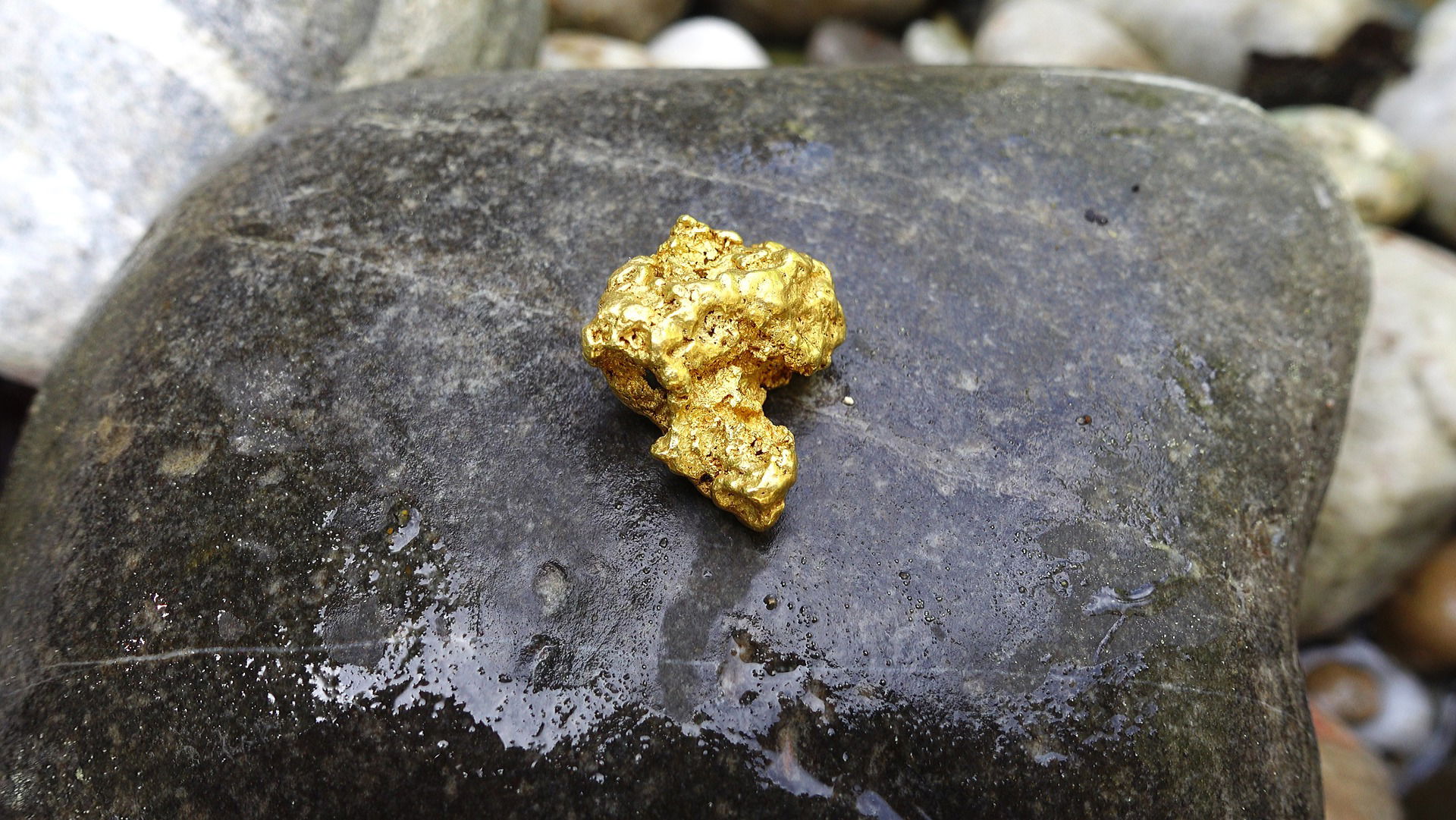FOR ALL THE GOLD OF THE OCEANS
The presence of gold in seawater is a well-known phenomenon, but it is difficult to extract large quantities. Gold is present in seawater at very low concentrations, around 0.01 to 2 parts per billion (ppb), or around 13 billion tonnes of gold distributed in oceans around the world.
The presence of gold in seawater is the result of several natural geological processes. Gold is released into seawater from rocks and soils rich in gold minerals through erosion and runoff. Underwater volcanoes and underwater hydrothermal vents also release gold into seawater.

However, extracting gold from seawater is a difficult undertaking due to the low concentration of gold and the presence of other elements in much larger quantities, such as sodium, magnesium and calcium. Traditional mining techniques such as gravity separation, flotation and smelting are not effective in recovering gold from seawater.
A newer and more promising method for extracting gold from seawater uses nanotechnology technology. Gold nanoparticles can be extracted from seawater using ion exchange resins. The resins are designed to adsorb small amounts of gold from seawater, and the gold nanoparticles can then be recovered from the resin.

Although this method is still under development, it has great potential for recovering gold from seawater. However, due to the low concentration of gold, this method is unlikely to be used for extract large quantities of gold for commercial purposes in the near future.
In summary, gold is present in seawater in very low concentrations and its extraction is a difficult undertaking due to the low concentration of gold and the presence of other elements in much larger quantities. However, new technologies such as nanotechnology offer great potential for recovering gold from seawater for commercial purposes.


